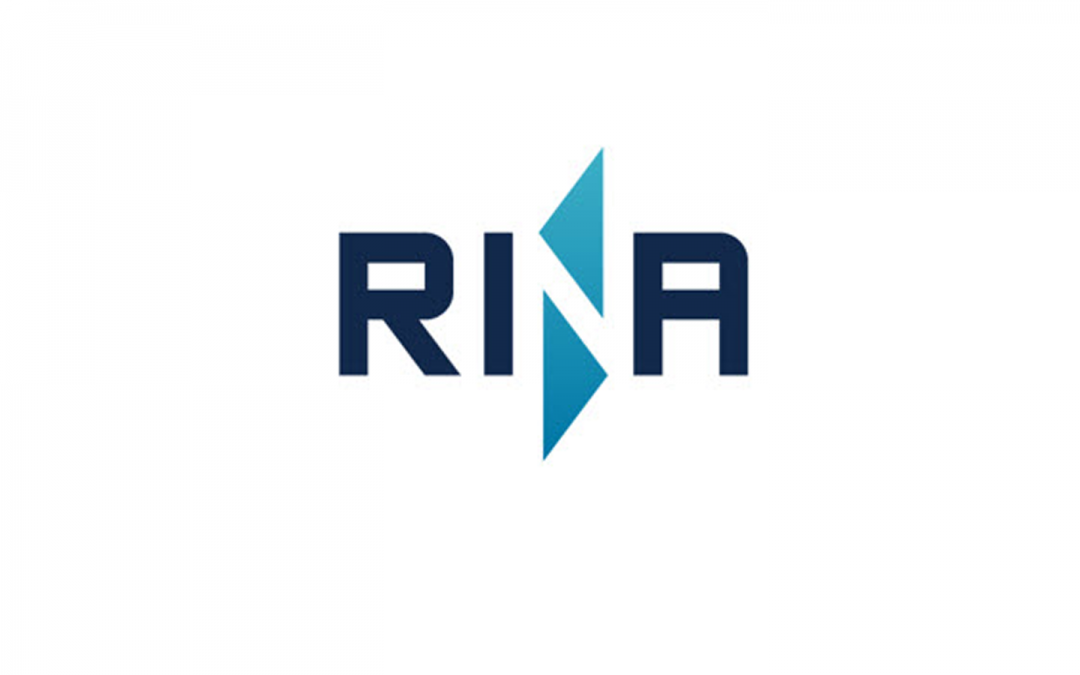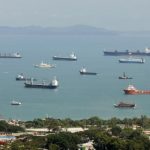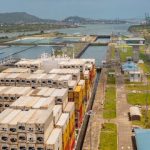With annual international shipping CO₂ emissions doubling since 1990 and now accounting for roughly 10% of global transportation emissions, the maritime shipping sector sits at a crossroads in the fight against climate change. Players across the global shipping industry must find new ways to embrace and deliver decarbonisation efforts that shift to a better world.
Among the most promising innovations is wind-assisted ship propulsion (WASP), a blend of traditional sailing practices with modern engineering. Wind-assisted vessels incorporate rigid sails, rotors or wing-like structures to enhance traditional engine power. The result is a vessel purpose-built to effectively cut down carbon emissions.
However, the success of wind-assisted shipping is only possible if one critical factor is addressed — the ability to precisely measure and utilise wind power in real time.
Regardless of the specific WASP technology used, the reliability and undisturbed nature of wind data are fundamental, and wind data traditionally used for navigation and the data required for WASP propulsion require a critical distinction.
Traditional cup anemometers, the old way of measuring maritime wind, no longer suffice for modern wind-assisted shipping due to their susceptibility to interference from the ship’s structure. This gap in the ecosystem underscores the need for advanced wind measurement technologies, with LiDAR (light detection and ranging) technology shining as the clear answer.
The role of accurate wind measurement in wind-assisted ship propulsion
While the concept of harnessing wind for propulsion is simple, implementing it effectively can be complex. WASP systems rely heavily on real-time, accurate and reliable wind data to maximise thrust and efficiency. Unlike traditional wind measurements for navigation, which primarily facilitate course corrections, WASP systems demand much finer accuracy. Inaccurate data translates into lost propulsion energy that cannot be recovered, and every gust that is not optimally harnessed equates to a loss in clean energy potential.
Obtaining these reliable wind measurements on a moving vessel presents a unique challenge. Traditional anemometers are no longer adequate for the needs of modern WASP systems, as these sensors can be easily blocked or masked, and the ship’s own superstructures can create turbulence, distorting the readings. What’s more, the inaccurate placement of anemometers can also lead to a significant variance in wind speed measurements, sometimes by as much as over 50%. Even ultrasonic anemometers — widely used with new vessels and WASP systems — face the masking impact challenge.
Although ultrasonic anemometers offer better and more trustworthy technology, it is not until they are combined with wind LiDARs do the measurements show progress in improving the accuracy of wind data in WASP systems.
Cutting-edge technologies driving the future of wind-assisted ship propulsion
To fully leverage wind power in the maritime industry, decision-makers must address the shortcomings of traditional anemometers. Modern, fulfilling options are now available for more efficient and effective WASP systems.
Unlike cup anemometers, ultrasonic anemometers use sound waves to measure wind speed and direction, offering higher accuracy and reliability than their mechanical counterparts. With no moving parts, they are also more durable in harsh marine environments. By adding multiple ultrasonic anemometers on different sides of the vessel, operators can secure the constant flow and the quality of the wind data. Installing multiple sensors in various locations — the bow, bridge and stern — avoids total blockage situations. This approach ensures a constant flow of quality wind data, even if one or more sensors are affected by the ship’s superstructure.
But as alluded to previously, the most revolutionary advancement in maritime wind measurement is the addition of LiDAR technology. Wind LiDARs use laser beams to measure wind speed and direction at various distances from the ship, offering a comprehensive overview of the surrounding, undisturbed wind field.
When a vessel is equipped with a WASP system, the availability of undisturbed raw wind data validates its performance. As experienced in recent sea trials, equipping the vessel with a wind LiDAR instrument enables systems to continuously measure actual wind conditions — unaffected by the ship’s structures — and compare these readings to data from ultrasonic anemometers. This correlation allows for the refinement of optimisation algorithms within the WASP system, maximising thrust potential.
Maritime shipping now rapidly adopts LiDAR technology, previously proven in the wind turbine industry for correcting power performance, due to its numerous benefits. For example, horizontally measuring LiDAR devices can remotely measure wind conditions hundreds of metres away, beyond the influence of the ship’s structure, ensuring highly accurate data. With there vertical profiling capabilities, LiDAR instruments can also assess wind at varying heights, providing crucial insights into the wind shear profile for optimal sail positioning. And scanning wind LiDAR systems can survey a vast area around the ship, covering several kilometres, thus offering a comprehensive view of the wind field.
By delivering precise and dependable wind measurements, wind LiDARs enhance the performance of WASP systems, leading to even greater fuel savings and reduced emissions.
Pioneering sea trials in wind-assisted maritime transport
Norsepower, a leading wind propulsion technology company, uses Vaisala WindCube Nacelle to push the boundaries of efficiency and sustainability, showcasing how cutting-edge wind measurement technology can optimise the performance of its proprietary rotor sail.
Norsepower’s rotor sail technology, a modernised version of the Flettner rotor, has already demonstrated impressive fuel savings of 5% to 25% in third-party verifications. However, the company recognised that to maximise these benefits, it needed to overcome a crucial challenge: obtaining accurate, undisturbed wind data.
In a four-month sea trial aboard the SC Connector ro-ro vessel, the horizontal profiling wind LiDAR system provided precise measurements of the free stream wind up to 700m away at 20 simultaneous distances. This undisturbed wind data allowed Norsepower to align its rotor sail thrust measurements with unprecedented accuracy.
The implications of this collaboration are far-reaching. By comparing the LiDAR data with the rotor sail’s thrust measurements, Norsepower can fine-tune its control systems, ensuring optimal performance in various wind conditions. This level of precision not only enhances the energy efficiency of vessels equipped with rotor sails but also significantly contributes to maritime industrywide decarbonisation goals.
The unique collaboration between Norsepower and Vaisala exemplifies how integrating advanced wind measurement technology with innovative propulsion systems can drive the maritime industry in the direction of a more sustainable future.
Unlocking the future of LiDAR in wind-assisted ship propulsion
Wind-assisted vessels represent a permanent shift toward greener maritime practices. As this technology advances, accurate data made possible through lidar technology will significantly enhance:
- Sea Trials and Performance Validation: LiDAR technology already aids in performance validation for WASP vessels by providing undisturbed wind data essential for accurate assessments. The systems process data from lidar sensors to ensure reliability and validate wind-assisted propulsion systems, as exemplified by the Norsepower rotor sail aboard the SC Connector ro-ro
- Automated Safety Release for Sudden Wind Gusts: LiDAR can significantly enhance safety by detecting approaching wind gusts and enabling an automatic safety release mechanism. Although this application is yet to be implemented, it holds substantial potential. LiDAR could enable a controlled response or shut down by alerting the WASP system to imminent gusts, safeguarding the vessel and crew.
- Dynamic and Automated WASP Optimisation: Real-time LiDAR data helps with the automatic optimisation of sails or rotors. This application, still under development, promises to provide solutions that dynamically adjust WASP components to enhance performance based on current and upcoming wind conditions.
Innovators like Vaisala and Norsepower — operating at the forefront of developing and implementing sophisticated wind measurement and propulsion systems — equip the maritime sector to tackle the challenges of modern shipping. Cutting-edge wind measurement and monitoring tools provide a promising solution to substantially lower the industry’s carbon emissions, and WASP is the future of maritime shipping. Continued investment in these technologies will enable the industry to achieve remarkable fuel savings and emissions reductions, steering the maritime world toward a cleaner, more sustainable future. With the right technologies in place, the maritime industry can chart the right course to meet its sustainability goals.
Source: The Royal Institute of Naval Architects (RINA)






